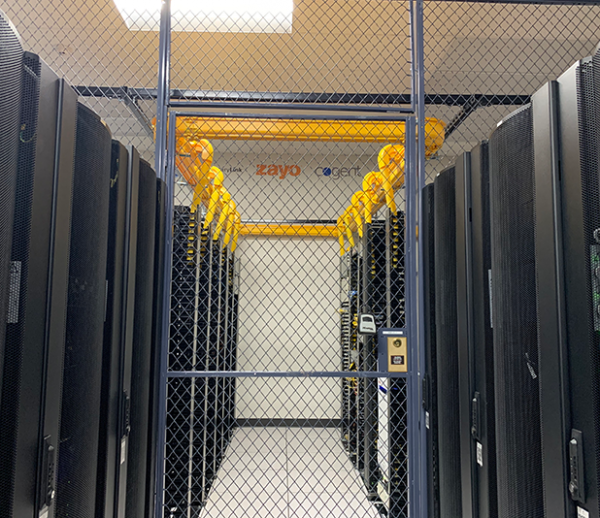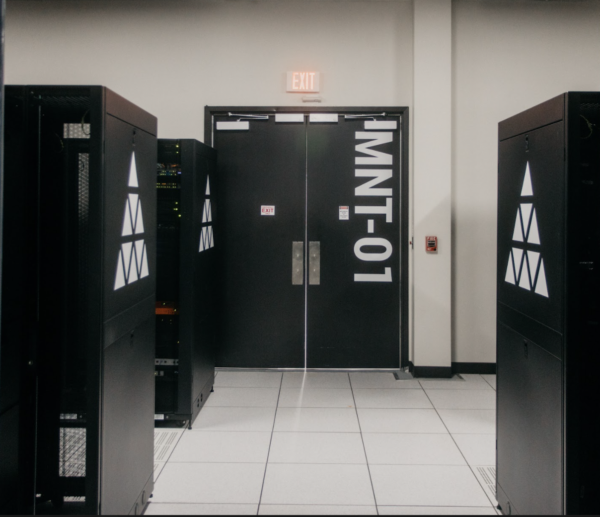Trying to keep up with AI buzzwords like machine learning, deep learning, foundation models, generative AI, and large language models (LLMs)? You’re not alone. In the fast-paced world of artificial intelligence, it’s easy to get tangled up in all the jargon. Whether you’re in IT or just passionate about artificial intelligence, understanding how these terms fit together can be incredibly useful—but it doesn’t have to be complicated.
Let’s cut through the noise on AI and models. We’ll break down each concept in a clear, conversational way. By the end, you’ll not only understand what these terms mean but also see how they all connect within the broader world of AI and real world applications.
What Is Artificial Intelligence?
Let’s start with the basics. Artificial Intelligence (AI) is all about machines thinking and acting like humans—or at least simulating human intelligence. In other words, it means enabling computers to perform tasks that would typically require human brainpower, such as understanding a language, recognizing patterns, making decisions, and solving problems.
AI isn’t a newcomer to the technology scene; it’s been around for decades. ELIZA was a chatbot from the 1960s. It could hold a conversation that mimicked human interaction, albeit in a limited way. That was one of the early steps toward machines that could “think” on their own. Don’t worry, we’ll cover artificial general intelligence (AGI) in a future blog post.
Machine Learning: Backbone of Modern AI
What is machine learning? Machine Learning (ML) is a subset of AI and is about teaching computers to learn from data. Instead of hardcoding specific instructions, we develop algorithms that allow the machine to make sense of data, identify patterns, and make decisions with minimal human intervention.
The Main Types of Machine Learning
- Supervised Learning
Think of supervised learning like a teacher guiding a student. The model is trained on a labeled dataset, which means each example is paired with the correct answer. The goal is for the model to learn to predict the output when given new, unseen inputs.
Real-world examples of supervised learning:
- Spam Detection: Email services use supervised learning to filter out spam.
- Image Classification: Tagging friends in photos on social media.
- Predictive Analytics: Forecasting sales or stock prices.
- Unsupervised Learning
In unsupervised learning, the model learns from unlabeled data, unlike supervised learning where data comes with predefined labels. The model’s task is to explore and uncover hidden patterns, structures, and relationships within the data, without clear instructions. It’s like navigating a new city without a map—discovering patterns and clusters as you go.
Real-world examples of unsupervised learning:
- Customer Segmentation: Grouping customers based on purchasing behavior.
- Anomaly Detection: Identifying fraudulent transactions.
- Recommendation Systems: Suggesting products based on user behavior.
- Reinforcement Learning
Reinforcement learning (RL) focuses on decision-making through trial and error. An agent interacts with its environment, taking actions and receiving rewards or penalties as feedback. Over time, the agent learns to maximize cumulative rewards, improving its performance and decision-making.
Real-world examples of reinforcement learning:
- Robotics: Robots learning to navigate spaces.
- Gaming AI: Programs that learn to play (and win) complex games like Go or chess.
- Self-driving Cars: Navigating roads and traffic conditions.
Deep Learning: Going Deeper into Data
Deep Learning takes machine learning to the next level. It’s inspired by the structure of the human brain, using artificial neural networks with multiple layers (hence “deep”). These interconnected nodes process data, allowing the model to recognize complex patterns and relationships in large datasets. More layers enable deeper understanding of the data’s intricacies.
Why Deep Learning is Important:
- Complex Data Handling: Processing unstructured data like images, audio, and text.
- Automatic Feature Extraction: No need for manual feature engineering; models learn the important features by themselves.
- Improved Accuracy: Achieves higher accuracy than traditional ML methods, especially as the size of data increases.
Real-world applications of deep learning:
- Voice Assistants: Siri, Alexa, and Google Assistant understanding and responding to voice commands.
- Image Recognition: Facebook automatically tagging friends in photos.
- Natural Language Processing: Language translation services like Google Translate.
Foundation Models: The New Building Blocks
Foundation Models are like the Swiss Army knives of AI. Coined by Stanford researchers in 2021, these are large-scale models trained on enormous datasets. Foundational models serve as a general base that can be fine-tuned for a variety of specific tasks.
What Makes Foundational Models Special:
- Versatility: One model can be adapted to multiple tasks.
- Efficiency: Saves time and resources since you don’t need to train a new model from scratch for each task.
- Broad Knowledge Base: Trained on diverse datasets, so they have a wide-ranging understanding.
- Large Language Models (LLMs)
Large Language Models are a type of foundation model focused on language. They’re designed to understand, generate, and manipulate human language in a way that’s contextually relevant and coherent.
Breaking L-L-M Down:
- Large: Models that have billions of parameters. The more parameters, the more nuanced the understanding.
- Language: Process and generate text, understanding context, idioms, and even humor.
- Model: A computational framework that makes it all happen.
Examples of LLMs you might know:
- GPT-3 and GPT-4: Developed by OpenAI, capable of generating human-like text.
- Claude (Anthropic): Developed by Anthropic, Claude prioritizes ethical AI use and is used for conversational agents and assistant-type applications.
- LLaMA (Meta AI): Large Language Model Meta AI is designed to require fewer resources while maintaining high performance in language generation tasks.
- BERT: Google’s model for understanding the nuances of language in search queries.
- RoBERTa: Facebook’s robustly optimized version of BERT.
- Vision Models
Vision models focus on processing and understanding visual data, designed to recognize, interpret, and generate images. Using deep learning, especially convolutional neural networks (CNNs), they excel at identifying patterns, detecting objects, and generating realistic visual content, making them essential for various visual applications.
Applications for vision models:
- Medical Imaging: Assisting in diagnosing diseases from scans.
- Autonomous Vehicles: Helping cars recognize objects and navigate.
- Image Editing: Tools that can enhance or alter images intelligently.
- Scientific Models
Scientific models are at the forefront of AI applications in research, transforming our understanding of the natural world and solving complex problems. They predict intricate phenomena, simulate natural processes, and offer insights into systems that are hard or impossible to experiment with directly.
Applications for scientific models:
- Protein Folding: Predicting 3D structures of proteins, crucial in drug discovery.
- Climate Modeling: Understanding and forecasting weather patterns.
- Material Science: Discovering new materials with desired properties.
Generative AI: Machines Get Creative
What is generative AI? Generative AI goes further than traditional AI by not only analyzing data but also creating new content such as text, images, music, videos, code, and 3D models. Instead of just recognizing patterns, it uses them to generate fresh, original outputs. This opens exciting new possibilities in creative fields like art and design, as well as solving real-world problems in healthcare, science, and technology, where innovation and creativity are essential.
How Generative AI Works:
- Learning Patterns: The model learns the underlying patterns in the training data.
- Creating New Content: It uses this knowledge to generate something original but stylistically similar.
Examples of generative AI:
- DALL·E: Generates images from text descriptions. Want a “cat riding a unicorn”? DALL·E can visualize that.
- ChatGPT: Engages in conversations, writes stories, and even codes.
- Deepfake Technology: Creates hyper-realistic but synthetic video and audio content.
Applications for generative AI:
- Content Creation: Writing articles, generating marketing copy, composing music.
- Design and Art: Assisting artists in creating new works or concepts.
- Data Augmentation: Generating synthetic data to train other models.
Bringing It All Together
From the broad scope of artificial intelligence (AI) to the detailed intricacies of machine learning, deep learning, foundation models, and generative AI, each plays a pivotal role in shaping the future of technology. But understanding these concepts goes beyond staying current with tech buzzwords; it’s about harnessing the power of these tools to spark innovation and growth.
Whether you’re building the next big software, diving into data analytics, or advancing AI research, mastering these technologies will unlock limitless potential, positioning you at the forefront of the AI-driven world. The future of innovation starts with understanding how these pieces come together—are you ready to lead the way
Looking for GPU colocation?
Deploy reliable, high-density racks quickly & remotely in our data center
Want to buy or lease GPUs?
Our partners have H200s and L40s in stock, ready for you to use today







